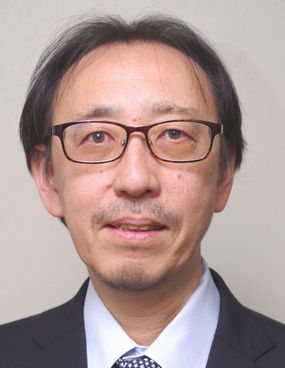IAC News
IAC News No.64, February 2018
Japan Society of Civil Engineers International Activities Center February 1 2018 IAC News No.64
Message from CECAR8 Local Organizing Committee
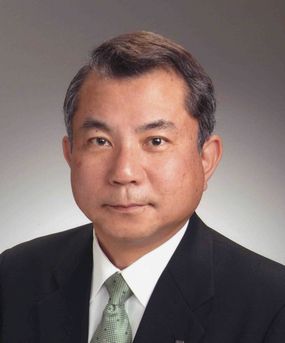
Masayasu Kayano
Chair, CECAR8 Local Organizing Committee
(Kajima Corporation)
Asian Civil Engineering Coordinating Council (ACECC)’s triennial conference, the 8th Civil Engineering Conference in the Asian Region (CECAR8) will be held in Tokyo in April, 2019. It will be the second time in 18 years since 2001 for the Japan Society of Civil Engineers (JSCE) to host a CECAR. Preparations by the Local Organizing Committee (LOC), which was officially established in April last year, are steadily progressing.
The main theme of the conference “Resilient Infrastructures in Seamless Asia” has been appropriately chosen, in the sense that it is to take place in a country that has frequently suffered severe natural disasters, including the Great East Japan Earthquake of 2011. CECAR8 should be an excellent opportunity, not only for sharing the knowledge and experience Japan obtained in disaster recovery and reconstruction, but also for discussing the roles of civil engineers in building and maintaining resilient infrastructures in the Asian region.
A highlight of CECAR8 will be the technical sessions organized by pre-assigned conveners under specific discussion themes. Thanks to the active responses to our call, we will have about 45 diverse session topics, such as infrastructure development policy and innovative technologies. The “Call for abstracts” has already been posted at our official website, and we are hoping to see more submissions.
Another highlight of our offering in CECAR8 will be the technical tours. The conference will come a year ahead of the 2020 Olympics, and Tokyo will be buzzing with new construction and development. We will get participants to see these projects where state-of-the-art construction technologies are used.
Last but not least, we are planning on special programs geared toward the younger generation of civil engineers. The idea is to provide specific opportunities and forums for younger participants to discuss issues and network with their industry peers in other countries. We want to help them expand their professional horizons, and hopefully also deepen their interest, and actively join with others, in the international activities of JSCE.
CECAR8 is less than one year and a half away. The conference will not succeed without the active participation by the members of JSCE and other ACECC societies. We will do the best we can to ensure that it will be worth your time and effort.
Report on Asian Civil Engineering Coordinating Council (ACECC) 33rd Executive Committee Meeting in Ulaanbaatar, Mongolia

Masaaki Nakano
Chair, ACECC Technical Coordinating Committee
(Nippon Koei Co., Ltd.)
1. Overview
From the 21st to the 23rd of September 2017, the 33rd ACECC Executive Committee Meeting was held in Ulaanbaatar, Mongolia. A total of ten people from the JSCE participated, including those connected with the ACECC Executive Secretariat, the Local Organizing Committee for CECAR8 and the Committee on Asian Civil Engineering Coordinating Council. The Mongolian Minister for Construction and Urban Development also attended part of the meeting, reflecting the high level of attention it received locally. The main proceedings of the meeting were as follows.
2. ACECC Technical Committee (TC) Activity Report and Establishment of the ACECC TC Activity Award
The activities of all nine committees that are currently underway were reported by the Technical Coordinating Committee, among which TC16 (Technical Committee concerning ITS for resolving city urban traffic problems) and TC21 (Technical Committee concerning disaster reduction/prevention) are currently focused on Japan. Also, as a measure to revitalize TC activities, establishment of the ACECC Technical Committee Activity Award, given to TCs that contribute to the development of engineering in the Asia region, was approved.
3. CECAR8 in Tokyo Preparation Progress Report
At CECAR8, to be held in Japan, preparations are advancing to realize the ideals of ACECC at the time of its foundation. An explanation of the preparation status of CECAR8 was given by Chairperson Masayasu Kayano and Secretary General Makoto Kimura of the Local Organizing Committee for CECAR8. CECAR8 is expected to have around 800 participants, a location where the association presidents of each country can meet and discuss the development of engineering in Asia is being planned, and a joint statement is being scheduled.
4. Future ACECC Organizational Management
At this year’s Executive Committee Meeting, “Enabling admission of multiple academic societies from one country to ACECC,” proposed by ACECC Chair Osamu Kusakabe, was approved. Additionally, “One country has the right to one vote” was specified in the Constitution.
The focus of discussion on what a “Membership Meeting” and “Executive Committee Meeting” should be has been moved to the next Executive Committee Meeting. Smoother decision making can be expected in the management of ACECC with the progress of this discussion.
5. In Conclusion
2019 will mark 20 years since the establishment of ACECC. Affiliated academic societies, of which there were five when the council was established, have increased to thirteen, and the activities thereof are expected to advance to the next stage. Going forward, we hope that Japanese engineers both inside and outside Japan gain opportunities to show Japan’s presence within Asia through ACECC and CECAR.
The next Executive Committee Meeting is scheduled to be held in Hanoi, Vietnam in April of this year.
(Note: Photographs courtesy of ACECC Secretary General Horikoshi)
(For details about this Executive Committee Meeting report and other related events, please read the March edition of JSCE Magazine Civil Engineering.)
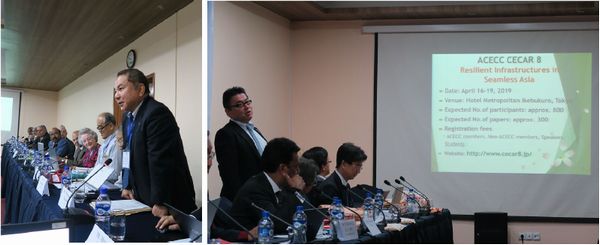
Photo 1: Preparation Progress Report Status of CECAR8
(Chairperson Kayano on the left and Secretary General Kimura on the right)
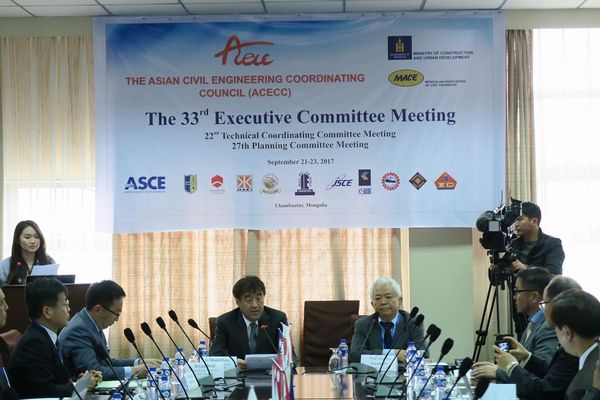
Photo 2: Status of the Executive Committee Meeting
(G. Munkhbayer, Minister for Construction and Urban Development, and ACECC Chairperson Kusakabe)
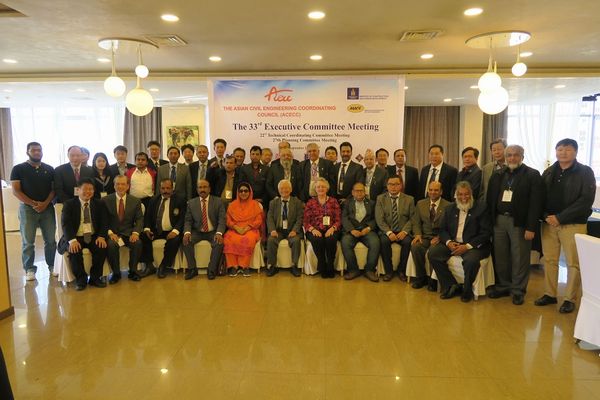
Photo 3: All Participants
【Alumni of DOBOKU Series】
“Advancing Civil Engineering Expertise and Education through Research Collaboration and Networking in Japan ”
Andres Winston C. Oreta
Professor, Department of Civil Engineering, De La Salle University, Philippines
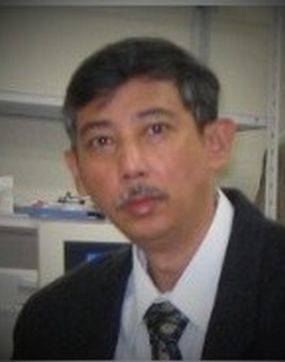
Andres Winston C. Oreta
Professor,
De La Salle University
Studying in a Japanese University has many advantages for foreign students in the practice and advancement of the civil engineering profession. During my graduate studies at Nagoya University (NU) from 1989 to 1994 under my supervisor, Prof. Tada-aki Tanabe, I met prominent professors and researchers from Japan and other countries in various occasions like conferences, lectures and seminars. I got exposed to new technology and advanced research in Japan when attending conferences and workshops organized by Japan Society of Civil Engineers (JSCE) and Japan Concrete Institute (JCI). Studying and collaborating with Japanese and foreign students had benefits since they become your colleagues in the profession in the future.
After earning my Doctor of Engineering degree in 1994, I returned to the Philippines to teach at the Civil Engineering Department, De La Salle University (DLSU), Manila, Philippines. Although teaching is my main task at the university, research in civil engineering was also pursued. And Japan has always been an important source of learning the state of the art in civil and structural engineering.
Opportunities for Research Collaboration in Japan
There were many opportunities where I visited Japan to advance my knowledge and research capability. In 1999, the Japan Society for the Promotion of Science (JSPS) initiated a ten-year environmental engineering program between Japan and the Philippines. Through this program, I served as member of the steering committee and also did collaborative research activities at Tokyo Institute of Technology (TIT). In 2001, I was a visiting researcher for three months at TIT with host professor, Kazuhiko Kawashima on the topic, “application of neural networks in the modeling of the confined strength of concrete columns.” A paper on this research was published in the American Society of Civil Engineers Journal of Structural Engineering. In 2006, I developed a photo-video on “impact of natural disasters on infrastructures and the environment” during the one-month visit at TIT with host, Prof. Hideki Ohta. This project has evolved into a set of photo-videos entitled, “Understanding Earthquakes and Disasters” which can be accessed in the internet. The JSPS program had given me and other Philippine researchers useful experiences and learnings on civil engineering which can be adopted to the local setting.
Networking with Researchers in Japan
The Japan International Cooperation Agency (JICA) supported also exchange of scientists between ASEAN countries and Japan through the ASEAN University Network/Southeast Asia Engineering Education Development Network (AUN/SEED-net) program. With the friendship and network developed in Japan through the years, identifying professors in Japan as host professors will not be difficult. In 2015, I visited NU, under the AUN/SEED-net Short Research in Japan Program (SRJP) with Prof. Hikaru Nakamura who is now the head the Concrete Laboratory. Prof. Nakamura was my co-student when he was pursuing his D.Eng. Degree at NU while I was a master’s student. My research was a “Survey of Earthquake Risk Mitigation and Retrofitting Strategies for Concrete Structures for Local Adoption in the Philippines.” In this ten-day visit, I was introduced to new and advanced retrofit technology by Meiko Construction Co., Ltd. and Yahagi Construction Co., Ltd. and visited the laboratory facilities at the NU Disaster Mitigation Center, Shimizu Institute of Technology and Nagoya Institute of Technology.
In 2017, also under the AUN/SEED-Net SRJP, I visited Kyushu University to pursue my study on “making cities resilient to natural disasters: learning & adapting best practices from Japan” with host professor, Hemanta Hazarika who was also a former co-student at Nagoya University. In the short visit at Kyushu University I observed the best practices in disaster risk reduction at Asakura City since my stay there coincided with a typhoon where land slide and mudflow damages occurred. The quick response of the local government with many organizations including the Self-Defense Forces in the evacuation of people and clearing of damaged roads and infrastructures was impressive.
In these SRJP research visits, I had the privilege to deliver lectures to the graduate students and faculty of NU and Kyushu University. The SRJP research visits also gave me useful and up-to-date information on the best practices in Japan which I shared to Filipino civil engineers in national conferences organized by the Association of Structural Engineers of the Philippines (ASEP) and the Philippine Institute of Civil Engineers (PICE).
The advancement of my profession as a professor at De La Salle University and as a civil engineer in the Philippines has been enhanced by the Japanese education and the opportunities for research collaboration and networking with Japanese researchers. I hope that this relationship with Japan will be sustained for the benefit of the new generation of researchers from the Philippines.
Profile: Prof. Dr. Andres Winston C. Oreta graduated from Nagoya University (D. Eng. 1994, M.Eng. 1991) under the supervision of Prof. Tada-aki Tanabe (Concrete Laboratory). He is presently a professor at the Department of Civil Engineering, De La Salle University, Manila, Philippines.
|
《Column》 Hikaru Nakamura, Professor, Nagoya University
Prof. Dr. Andres Winston C. Oreta studied in master and doctoral courses of Nagoya University under supervision of Dr. Tadaaki TANABE. After his graduation, he went back to his old school, De La Salle University in Manila, Philippines. Although he left Japan, he has been a cross-linkage between Japanese-Philippine researchers in the field of concrete and seismic engineering through JSCE or other societies. I remember that he kindly taught me breathing points and pronunciation as my senior in our laboratory when I had my first presentation in an international conference. In that time, internationalization had just started in our department, but now, his or other alumni's students from overseas are studying in my laboratory as a next generation. |
※Alumni of DOBOKU Series is in collaboration with Editorial Committee of JSCE Magazine.
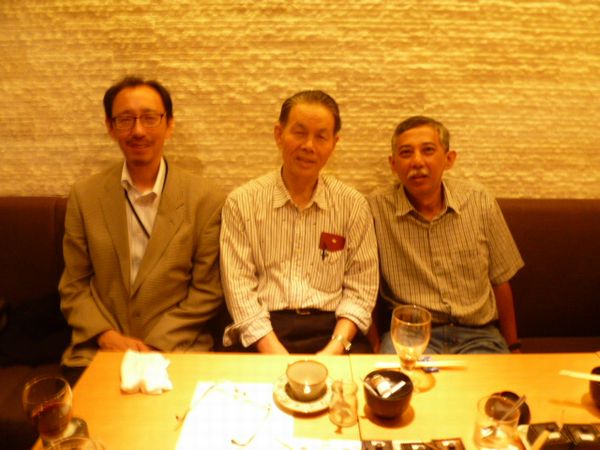
With Prof. Nakamura and Prof. Tanabe of Nagoya University
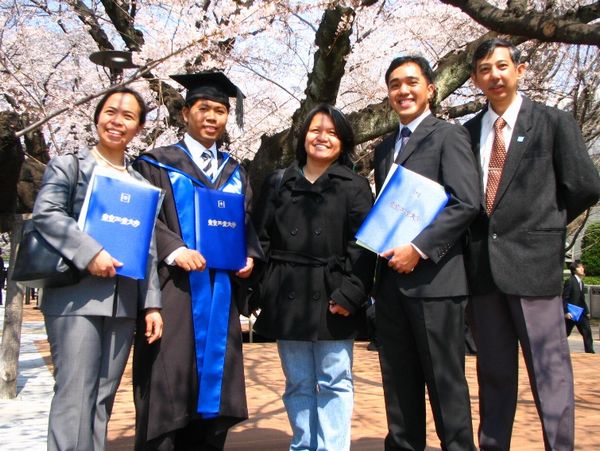
With Philippine students who graduated from TIT in 2006
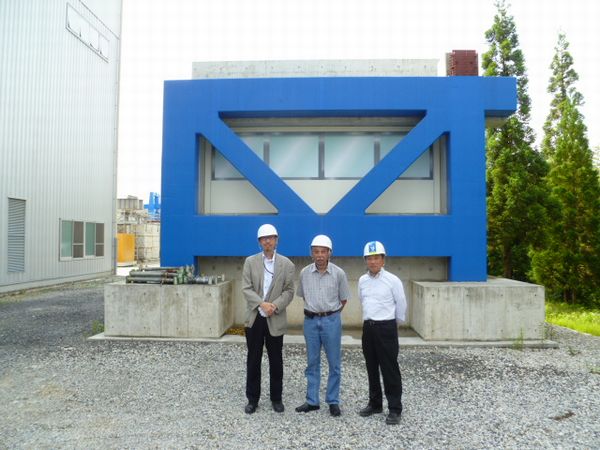
Visit at Yahagi Construction Co. , Ltd. with Prof. Nakamura (Left)
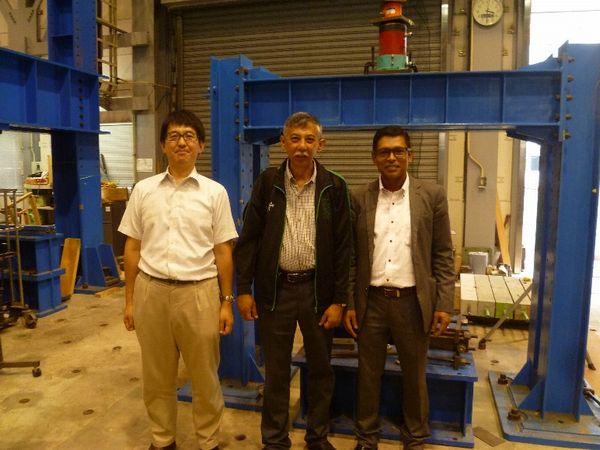
Visit at Structural Engineering Lab, Kyushu University with Prof. Hazarika (Right)
International Activities Related to Civil Engineering Informatics
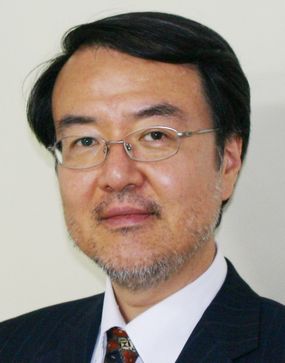
Nobuyoshi Yabuki
Committee on Civil Engineering Informatics
(Osaka University)
Although we are somewhat flooded with terms such as CIM, AI, IoT, ICT, etc. now, most civil engineers tended to think that matters related to information technology were in a minor and special world until just several years ago in Japan. However, since 1980s in the US and 1990s in Western Europe, this field has been deemed as an established academic area and international conferences on this field have been organized there. On the other hand, Japanese and other Asian researchers had to wait for 6 years for the International Conference on Computing in Civil and Building Engineering (ICCCBE) organized by the International Society for Computing in Civil and Building Engineering (ISCCBE) in even number years in sequence of European, American, and Asian regions. Incidentally, ICCCBE returned to Japan after a quarter of a century of separation and was held in Osaka in 2016.
As soon as the author became Chair of Committee on Civil Engineering Informatics (Committee on Information Utilization Technology, then) in 2011, we decided to organize the International Conference on Civil and Building Engineering Informatics (ICCBEI) in odd number years and founded Asian Group for Civil Engineering Informatics (AGCEI) which organizes ICCBEI. ICCBEI 2013 and 2015 were held in Tokyo and ICCBEI 2017 was held in Taipei. ICCBEI 2019 will be held in Sendai. ICCBEI has been recognized as a sister conference of ICCCBE and AGCEI has been a sister organization of ISCCBE.
On the other hand, 3D Product Model is necessary to share data in Building Information Modeling/ Construction Information Modeling (BIM/CIM). The buildingSMART International (bSI) is in charge of development and standardization of the product model and it has 18 regional chapters. Japanese Chapter is buildingSMART Japan (bSJ). For buildings, the 3D Product Model called Industry Foundation Classes (IFC) has become ISO 16739 since 2013. Infrastructure Room, which is in charge of developing and standardizing IFC for infrastructures, was founded in the same year in bSI. International conferences of bSI are held twice a year. In October 2017, Japan Construction Information Center (JACIC) and bSJ founded the Committee on International Infrastructures, acting as a joint secretariat, in which the Japanese government also has joined.
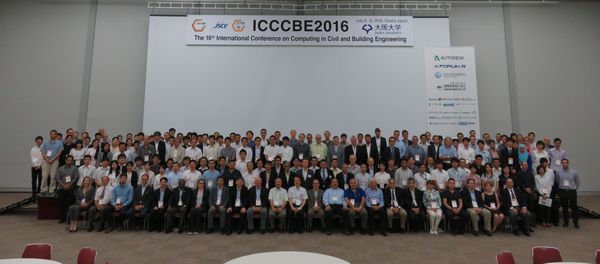
Group Photo of Participants at ICCCBE2016, Osaka
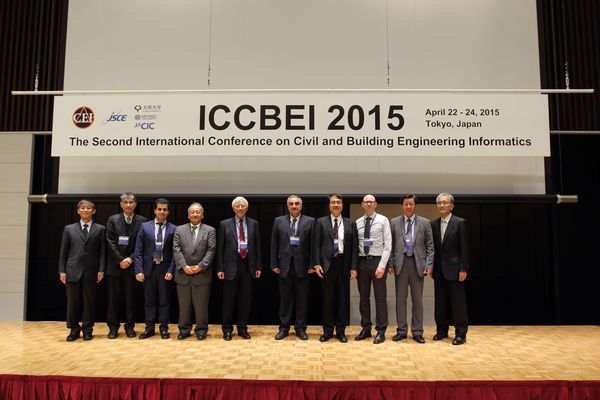
Members of Board of Directors (BOD) of AGCEI and Keynote Speakers at ICCBEI 2015, Tokyo
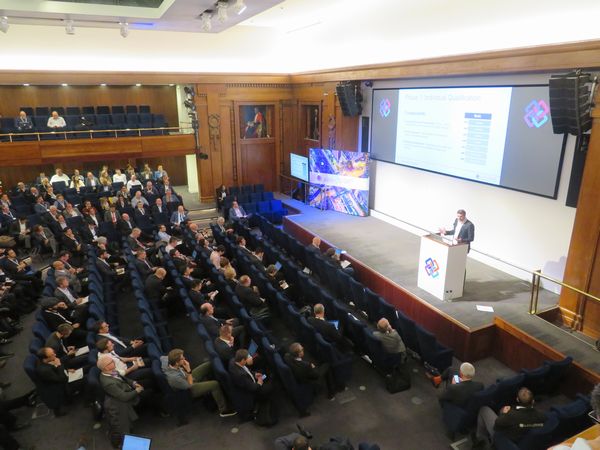
International Summit Meeting for buildingSMART International in London in October 2017
Report on Philippine Institute of Civil Engineers (PICE) 2017 Convention in Pasay, Manila, the Philippines
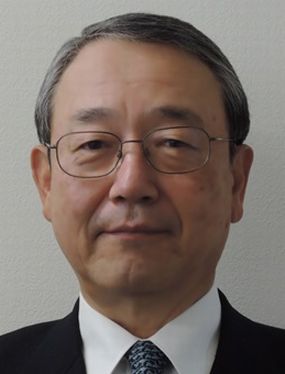
Toshihiro Asakura
Tunnel Engineering Committee
(Kyoto University)
From November 28th to 30th of last year, I attended the PICE 43rd National Convention at the request of the Philippine Institute of Civil Engineers, Inc., and was given the opportunity to deliver a lecture, the outline of which I will report here.
At the Japan Society of Civil Engineers, an International Activities Center has been established, a wide-ranging international cooperative system is being built, and an agreement has been made with PICE to maintain a cooperative relationship of technician exchange, information sharing, etc. This visit was in response to a request to introduce Japanese tunnel technology in anticipation of the expansion of tunnel construction, such as the Davao Bypass Tunnel Project that is currently underway, and from Japan, “Tunnels in Japan -State-of-the-Art-” by the author, “Davao Bypass Tunnel Project in Philippines” by Mr. Ishimoto of Nippon Koei Co., Ltd., and two other presentations were made. Tunnel construction technology in the Philippines is in its embryonic stages at the moment, and everyone attending the lecture did so with deep interest.
I had a number of surprises at the PICE National Convention. The first was the size of the venue. A basketball arena with five floors of audience seating was used, and all of the lectures were held in this one venue. There were an amazing 13,000 attendees. The stage was set up in the center of the court, and the lectures were given from there to the audience at a full 360 degrees. Since I had the image in my mind of the JSCE Annual Meeting, which uses university lecture halls, I was astounded and gave my lecture with considerable nervousness. There were loud cheers when I concluded with “Japan’s tunnel engineers hold great hopes of contributing to the development of the Philippines.” At the end of the lecture, I was surrounded by young participants wanting to have their photographs taken with me and felt a little like a star.
Additionally, there were continuous surprises such as a show by a popular young female singer at the end of the first day, a beauty contest between women representing each chapter at the end of the second day, a raffle with luxurious prizes such as a television, and the election of the next chairperson while the convention was being held.
Although I was hesitant when I accepted the request to give this lecture, it was an extremely valuable experience and I am glad that I went. I am grateful to all of those involved, including the JSCE International Activities Center, who looked after me so well.
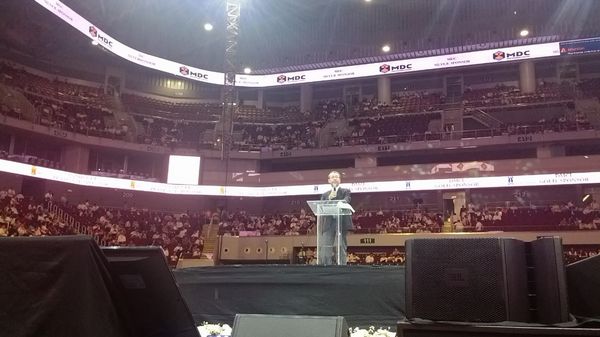
Lecture on the Stage at the Center of the Arena
Report on Annual conference of Chinese Institute of Civil and Hydraulic Engineering (CICHE) 2017 in Taipei, Taiwan
・Hiromi Shirahata (Professor of Tokyo City University)
The annual conference of Chinese Institute of Civil and Hydraulic Engineering (CICHE) was held on December 1st and 2nd. CICHE is a Taiwanese society of civil engineers, and the conference venue was in Taipei. During those two days of conference, there was held an international forum on the 1st. On the second day, awarding ceremony for the best paper, the best young researcher, technical development, etc., and technical committees’ symposia were held. The main topic of this year was sustainability of civil engineering in practice and professional development.
Some people from Japanese Society of Civil Engineers (JSCE) participated in the international forum. In the morning of December 1st, four keynote speakers gave lectures. The topics of the lectures covered education of young students, communication between civil engineering society and the public, resilient water resources, development of green infrastructure, and sustainable growth of infrastructure. In the afternoon, there were some parallel sessions focusing on environment, maintenance, and, big construction project.
A special session for young engineers was offered relating to practice and professional development.
In the banquet of 1st day, the former president Leu Liang-Jenq and the current president Wang Jaw-Lieh of CICHE and JSCE promised to keep communication and technical exchange in the future.
・Daniel Shigueo Morikawa, Kohei Hara (Students at Kyushu University)
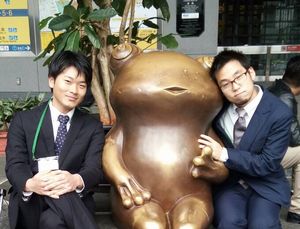
Kohei Hara (Left) and Daniel Shigueo Morikawa (Right)
On December 1st, we participated in the 2017 CICHE International Forum in Taiwan. At first, our expectations were that we would only participate in a good convention abroad. However, those expectations were completely surpassed. In addition to the traditional good presentations of such conventions, we could also truly enjoy making network with other young engineers and the Taiwanese culture.
The theme of the convention was Sustainability on the Civil Engineering area. Realizing that sustainable growth means much more than simply technical improvements to protect the environment, we watched presentations about topics as diverse as education, international collaboration, public relations, and technical advances. Many aspects such as the development of the future civil engineers, the interest of the general public towards civil engineering, the importance of language and mutual collaboration and others were discussed in order to give insights on how the pathway of Civil Engineering will run in the next few years.
In addition to the excellent presentations, it was also a big opportunity to amplify our network through the convention. In special, we could meet people from many countries including young Taiwanese engineers during the Young Engineer Scrambling. Funny games and other dynamics made this interaction even easier and more natural. This interaction was very enjoyable not only during the convention, but also afterwards, since we had the chance to visit many places in Taiwan with these recently met peers.
Back in Japan, we feel grateful for having the opportunity to participate in this convention.
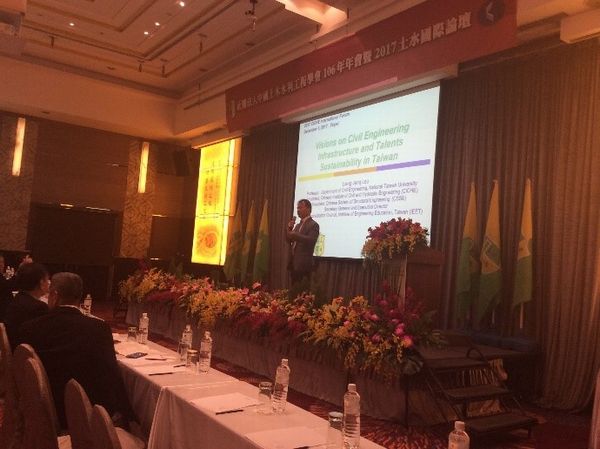
Opening Remarks by President Ler Lian-Jenq
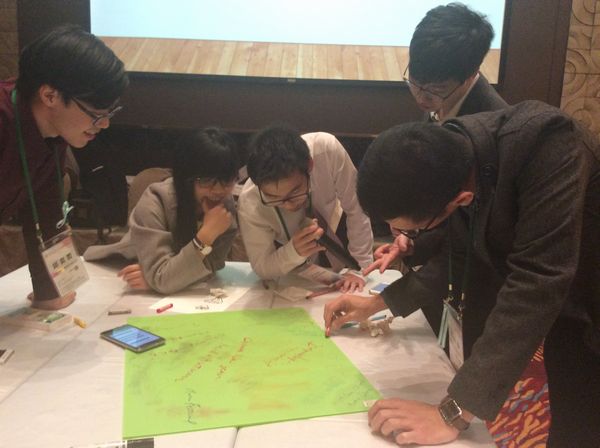
At Young Engineers’ Session
(Photographs courtesy of Prof. Hiromi Shirahata)
Report on YTU-MES-JSCE Joint Seminar on Civil Engineering
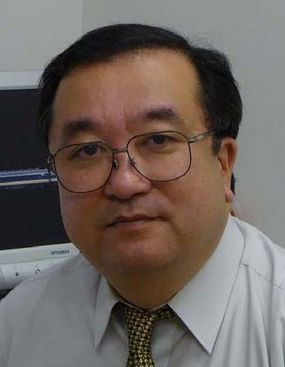
Hiromichi Shirato
Former Chair, Structural Engineering Committee
(Kyoto University)
The Joint Seminar as the title of this report was held over two days on 28 (Sat.) and 29 (Sun.) October at Yangon Technological University, Myanmar, which follows the Joint Seminar on Civil Engineering co-organized by YTU-MES (Myanmar Engineering Society) in May, 2015 and by MES-JSCE in March, 2016. This Seminar is to share current practical issues in civil-infrastructure development, ongoing theoretical explore, advanced technology and the research in Civil Engineering Department in YTU. These objectives are expected to lead to:
・encourage young staffs and graduate students in research,
・find new research seeds, and
・discuss the feasibility of furnishing advanced technology to human society.
The seminar started with the performance by Ensemble Civil, JSCE which covered the main hall in YTU with noble and particularly impressive atmosphere among daily events. Structural Engineering Committee, JSCE extends her special thanks to each member of Ensemble Civil who paid great efforts to make this event outstanding. The program consists of 10 keynote speech given by the delegates not only from YTU, MES, JSCE, Ministry of Construction in Myanmar (MOC), engineers and university professors from Japan in plenary sessions, and 69 presentation mainly by young faculty members and graduate students in YTU in technical sessions. Prize was given to the best presenter in each technical session in order to encourage further research who did good researches, a presentation and proper responses to questions.
A meeting was held in the evening on the first day to discuss to promote the Seminar being held regularly and more fruitfully. The participants were Rector and Department Head of YTU, Chief Engineers in MOC, Chief Advisor of Enhancement of Engineering Higher Education in Japan International Cooperation Agency (EEHE, JICA), International Activities Center (IAC) of JSCE. Many of them approved of the purposes of the seminar and agreed upon the seminar to be held regularly. They also exchanged ideas and opinions about the seminar to be held in cooperation with YTU and other universities in engineering hereafter, about registration fees and financial supports, while raised the issue in what way the papers should be published in relation to the characteristics of seminar. Planning to hold a post-seminar meeting in cooperation with people in academic, public and private sectors by the end of the 2017 fiscal year, I currently am making inquiries to those people about their availability in March 2018.
At the seminar, the speakers who were YTU graduate students were given many questions and comments from the researchers and engineers in the public and private sectors as well as from Japanese engineers. Such that opportunity those students should not have often, nor do even their academic advisors; accordingly, the seminar must be an academically interesting and stimulating experience for them. I was convinced hearing their comments that it would be significant and meaningful for participants from academia, public and private sectors to sit together and exchange their views and opinions with each other on a regular basis, and anticipated, through the seminar, we would support and contribute for them to establishing a civil engineering society in Myanmar.
Lastly I like to express my thanks to Dr. Tamon Ueda, Senior Director of IAC, Dr. Thi Ha of IAC Myanmar Group and others, and to International Scientific Exchange Fund (ISEF) Committee which provided financial assistance to the Structural Engineering Committee for holding the joint seminar; the Structural Engineering Committee applied for the FY2017 ISEF programs under the category bi- and multi-lateral communication and technical exchange. The seminar held successfully with the support of those people and the fund.
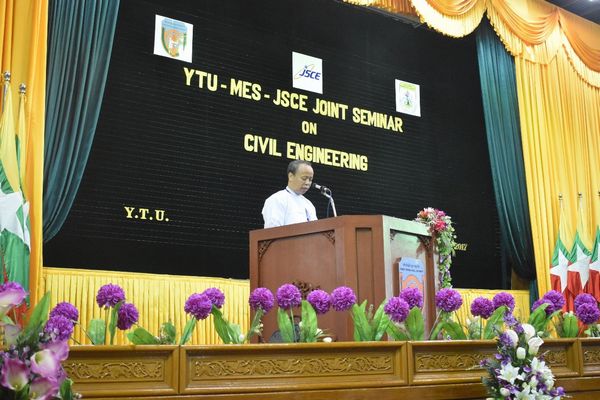
Welcome Speech by Prof. Myint Thein, YTU Rector
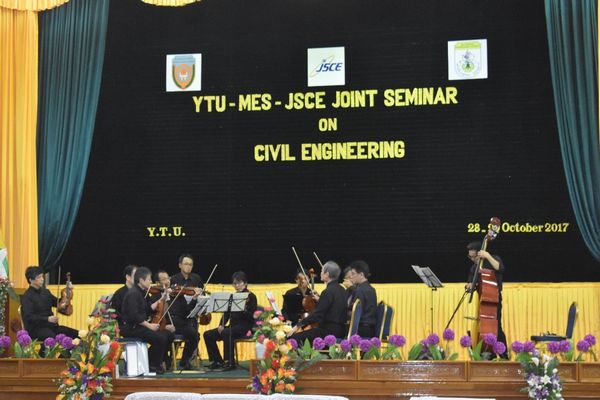
Musical performance by Ensemble Civil, JSCE
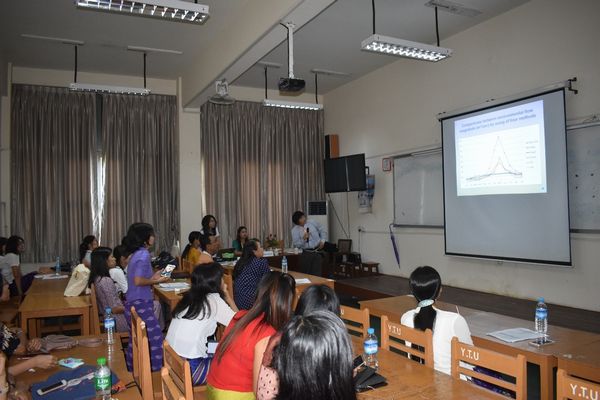
Technical Session at the Joint Seminar
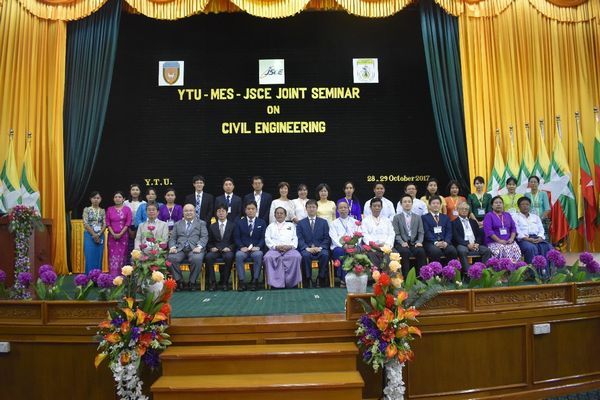
Guests, Keynote speakers, and Organizers at the Seminar
Updates
- Summary of feature articles in JSCE Magazine Vol. 103, No. 2, February 2018 is available on the JSCE website.
http://www.jsce-int.org/pub/magazine - Journal of JSCE
The Journal of JSCE is the collection of research papers which can be viewed on the JSCE website.
https://www.jstage.jst.go.jp/browse/journalofjsce - CECAR8 Call for Abstract: August 1, 2017 – February 28, 2018
http://www.cecar8.jp/ - Concrete Committee International Newsletter No. 52
http://www.jsce.or.jp/committee/concrete/e/newsletter/newsletter52/ - Asian Civil Engineering Coordinating Council (ACECC) International Newsletter archives
http://www.acecc-world.org/newsletter.html - IAC Students and Alumni Network
http://www.jsce-int.org/IAC_network
IAC News Subscription
The IAC News is one of the communication tools to share information and ideas with the members. We would like to invite you, your friends and colleagues to join the communication and to subscribe the IAC News. Please register online: (http://www.jsce-int.org/node/150). We look forward to meeting you.

